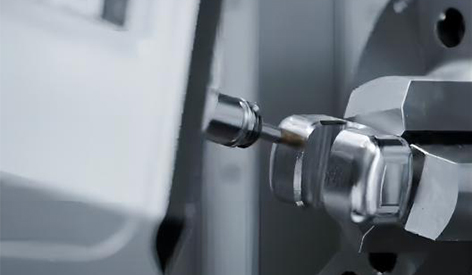ㆍPrivacy: We respect your privacy. Here you can find an example of a non-disclosure agreement. By submitting this form, you agree to our terms & conditions and privacy policy.
We use cookies to enhance your browsing experience, provide personalized content and analyze our traffic. By clicking "Accept", you agree to our use of all cookies.
Views: 6 Author: Site Editor Publish Time: 2023-10-30 Origin: Site








When chamfering with CNC machining, paying attention to several key factors is crucial to achieving accurate and high-quality results:
Tool Selection:

Choose an appropriate chamfering tool that suits the desired chamfer angle and the material of the workpiece.
Ensure the tool is in good condition, with sharp edges and proper geometry.
Chamfer Angle:
Determine the required chamfer angle, and set the CNC machine's toolpath accordingly.
Be precise in defining the angle to achieve the desired finish.
Speed and Feed Rates:
Optimize the cutting speed (RPM) and feed rate (inches per minute) based on the tool, material, and chamfer depth.
Use recommended cutting parameters provided by tool manufacturers or perform test cuts to fine-tune the settings.
Workpiece Material:
Consider the hardness and properties of the material. Softer materials may require higher speeds and feeds, while harder materials need lower rates.
Use appropriate cutting fluids or lubricants to minimize tool wear and heat generation, especially when working with metals.
Toolpath Strategy:
Choose the right toolpath strategy, such as contouring or helical ramping, based on the complexity of the chamfer and the machine's capabilities.
Ensure smooth and continuous toolpath transitions to avoid abrupt changes that could result in tool chatter or poor surface finish.
Depth Control:
Precisely control the chamfer depth to meet the specified requirements.
Consider using depth stops, digital readouts, or CNC programming to ensure consistency and accuracy.
Fixturing and Workholding:
Secure the workpiece firmly in place to prevent vibration or movement during machining.
Use proper fixtures, clamps, or vacuum systems to ensure stability.
Quality Inspection:
Regularly inspect the chamfered edges for dimensional accuracy, surface finish, and any defects.
Use measurement tools like calipers, micrometers, or optical

